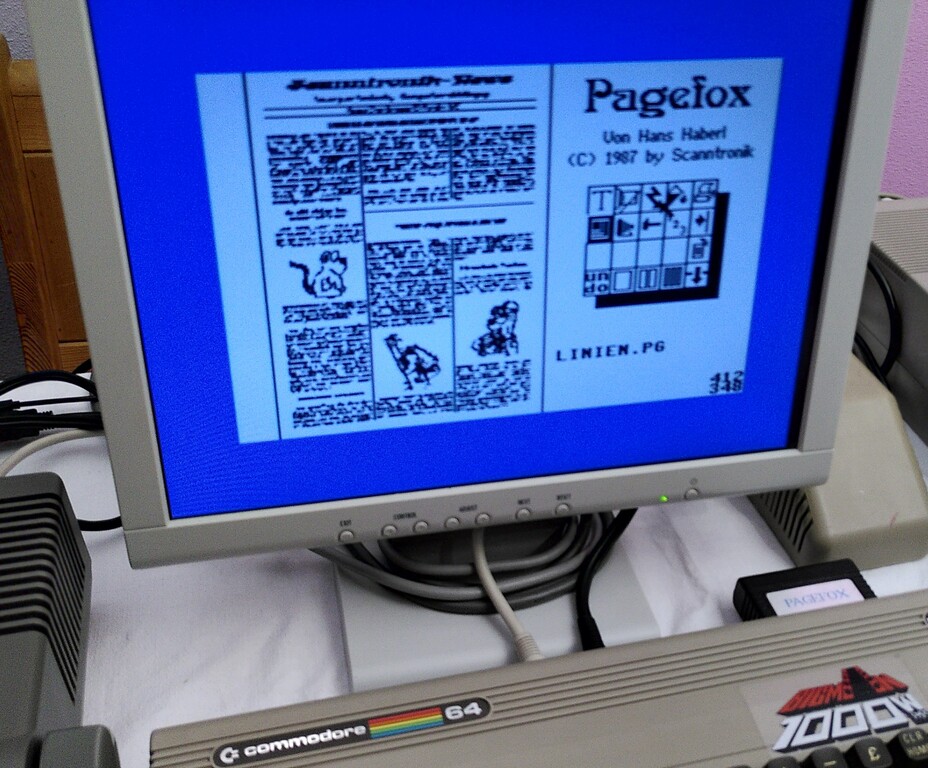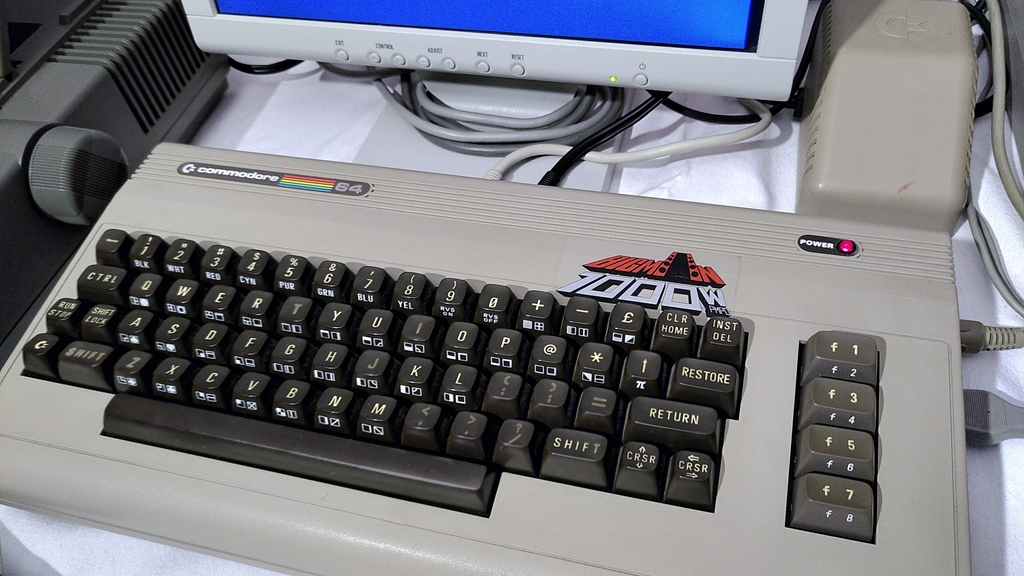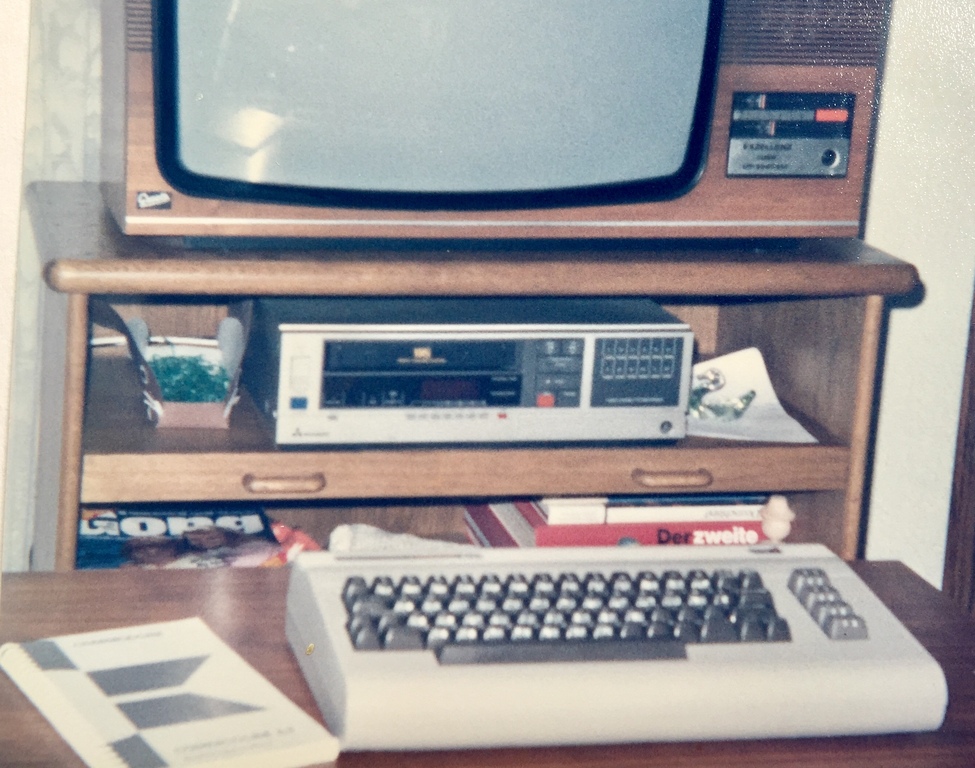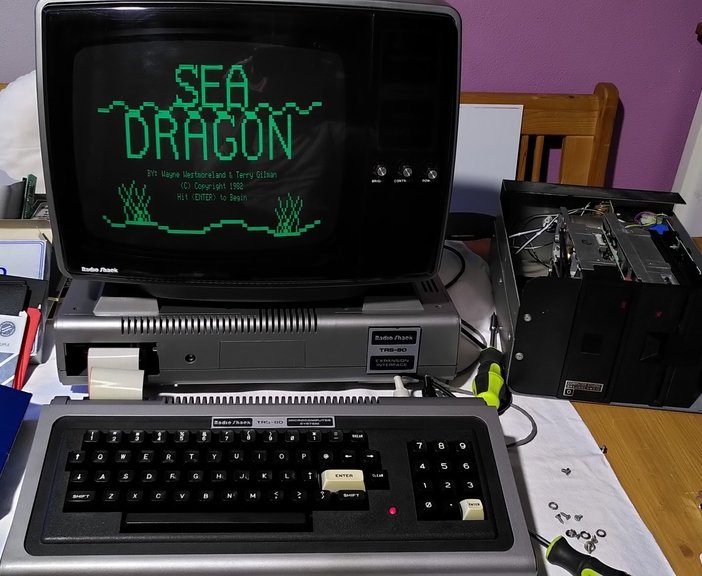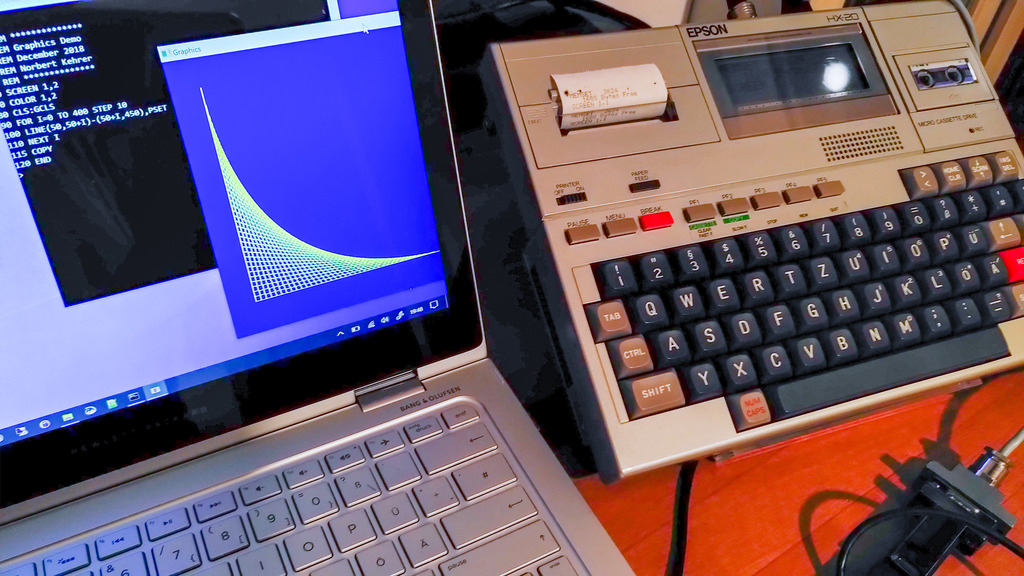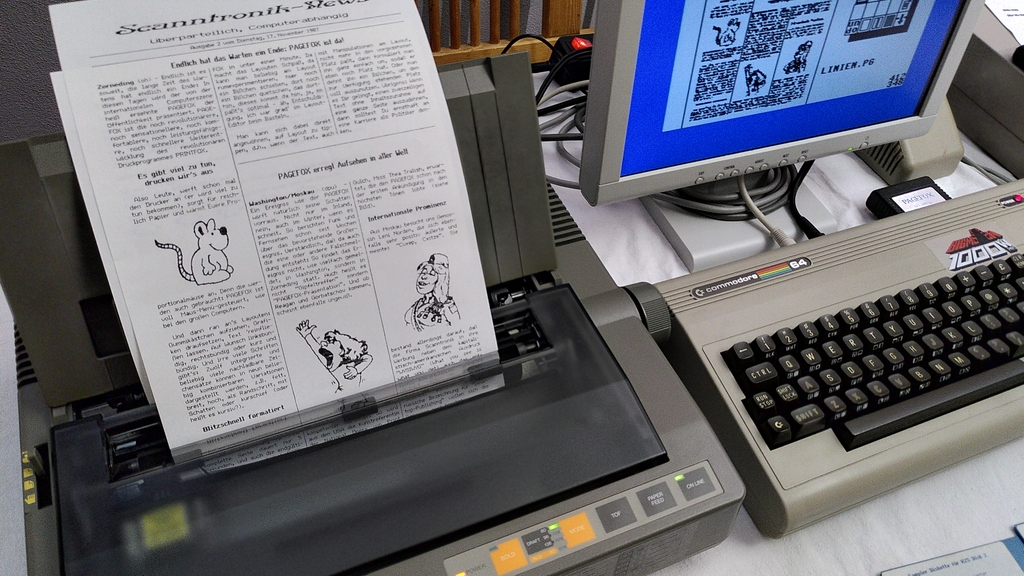
As is well known, the great success of the C64 from the mid-80s onwards was based on its revolutionary sound and graphics capabilities, making it the ideal gaming console. Due to its low price, which was based on the philosophy of Jack Tramiel, founder and head of the company Commodore Business Machines (CBM) (quote: “We need to build computers for the masses, not the classes.“), the Commodore C64 – or as its fans soon affectionately called it – bread box, achieved very strong distribution and thus became the best-selling home computer.
So it was obvious to offer “serious” application software as well. Despite its very limited memory of 64 kB RAM, there were also many word processing programs, spreadsheet, database or financial software, which were mostly designed for the private sector or the “small office”. From the beginning of the 80’s the first IBM PC’s came on the market, but they were simply too expensive for most home users. Therefore, the C64 had to be used for correspondence at home.
Pagefox for C64 and C128
An extremely powerful application software was Pagefox from the German company Scanntronik near Munich. However, Pagefox is actually more than just a word processor. The software is already considered as a so-called desktop publishing software, which could be used for layouting magazines or print templates. It offers free design options for page layout and combines text and graphics into a single unit, the so-called page layout, which could then be printed out on a standard dot-matrix printer.
conclusion of Happy computer 1988:
“All in all Pagefox is highly recommended despite its high price of just under 250 Marks the best DTP program for the C64.”
Pagefox was developed by German programmer Hans Haberl, who had previously attracted some attention with Printfox and Hi-Eddi. The software came onto the market in 1987 for around 250 DM.
Curious? Then I want to introduce Pagefox to you a bit closer.
Continue reading “Desktop Publishing on C64 with Pagefox”
